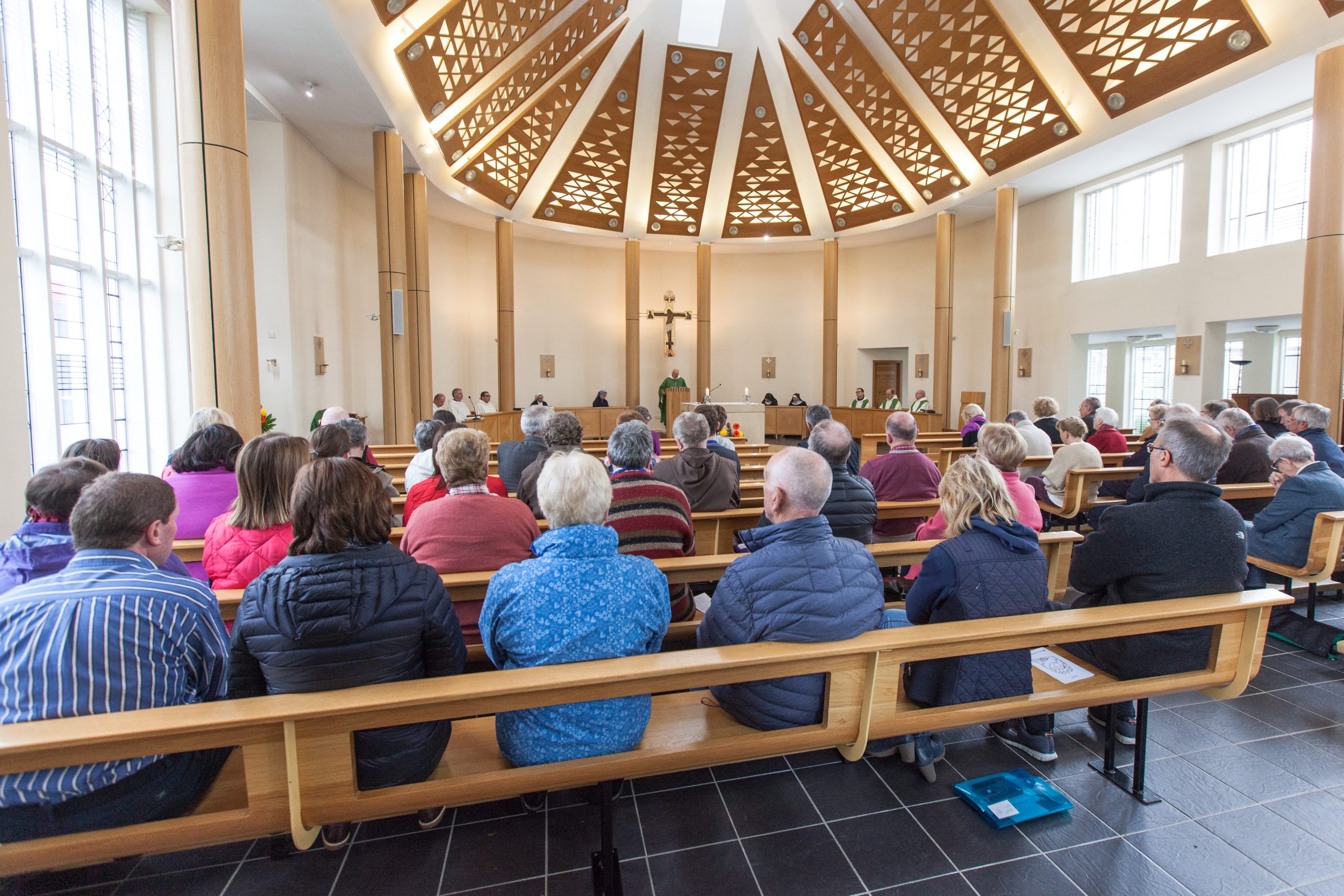History
Abbey of Our Lady of Bec-Hellouin
Abbey of Our Lady of Bec-Hellouin
Founded in 1034, at the time of William the Conqueror, Duke of Normandy and King of England, the Abbey of Bec had as its first Abbot its founder, Herluin.
Herluin began as a hermit, but very soon he was joined in his monastic solitude by a group of disciples; among them was Lanfranc (1042) schoolman and builder, and St. Anselm (1059) philosopher and spiritual master (both became Archbishop of Canterbury).
In 1792 the French Revolution led to the departure of the monks. At that time, the Abbey was occupied by the Army until the Second World War. In 1948 the Abbey recovered its original vocation when monastic life was restored by a community of Benedictine monks of the Olivetan Congregation, led by Dom Paul M. Grammont (1911-1989), Abbot from 1948 to 1986.
This community was formed by monks drawn from the Monastery of Our Lady of Holy Hope at Mesnil-Saint-Loup (founded in 1864 by Dom Emmanuel André, OSB, 1826-1903) and its dependent House of Studies, the Monastery of the Virgin Mary at Cormeilles-en-Parisis.




